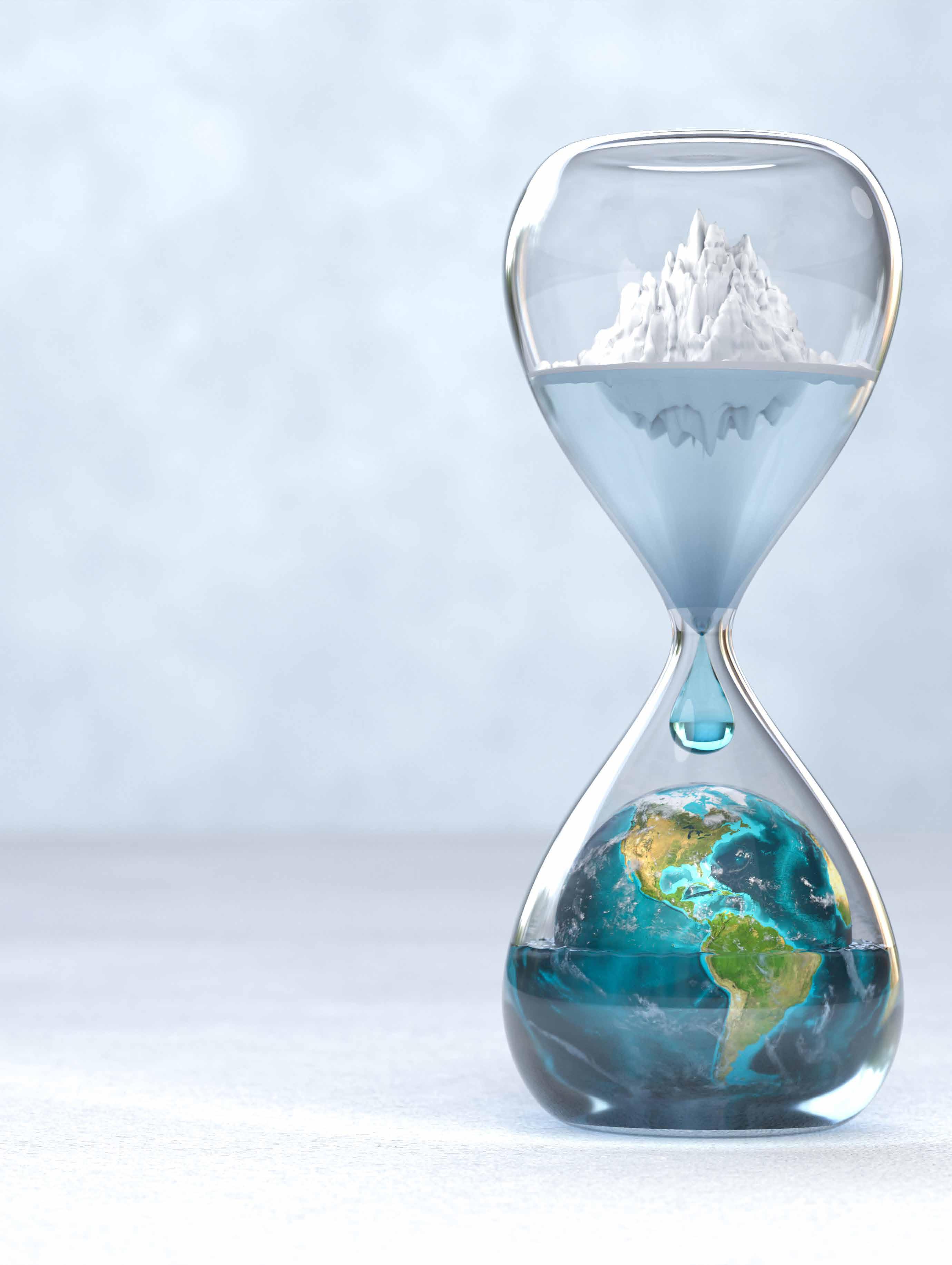
2 minute read
Navigating climate change consequences through a weatherization/winterization/ insulation strategy
By Rubi Alvarado General Manager, Energy Capital Magazine
Colder and warmer temperatures, increased incidence of wildfires, sea-level rise, and severe weather events are among the many factors affecting energy infrastructure’s safety. With the growing and evolving effects of climate change becoming more evident, many energy operators, developers, and users are wondering what they need to do to keep their assets safe, resilient, and reliable.
Advertisement
The answer many are finding? Weatherize, winterize, insulate!
Recent events show us the relevance of such considerations. Last February’s Texas freeze left millions without access to electricity and reliable sources of heating. With the freezing temperatures in the state earlier this year, Texas wasn’t prepared to protect its critical infrastructure from freezing out.
According to the Center for Energy Studies, Baker Institute, “lax regulation [in the state] exposed producers—and their customers—to catastrophic failure.” Besides, the center noted that “the competitive nature of Texas’ deregulated power market discourages the added cost of winterization.”
Another example illustrating how imperative it is to enact regulations in the industry further is the increasing incidence of devastating wildfires in California. One crucial consideration, in this case, is that not only are wildfires affecting utility and oil and gas infrastructure, but that infrastructure could also generate these catastrophic events.
Summarizing, as experts in Politico recently wrote, “Texas and California may be worlds apart in their politics and climate policies, but they have something in common: extreme weather crashed their power grids and left people stranded in the dark.”
However, the involved parties [companies, organizations, and regulators] are already tackling these challenges. For instance, in June, Texas regulators passed reforms (Senate Bill 3) to bolster the state’s electricity infrastructure and require power plants to prepare for extreme weather
conditions. These measures resulted from Governor Greg Abbot’s call to legislators for mandatory winterization of power plants.
Similarly, lawmakers in California are incentivizing the construction of new clean energy infrastructure to reduce the harms of climate change produced by fossil fuels and providing incentives to maintain these new assets reliable, sustainable and resilient in the face of climate disasters, including severe wildfires.
But what does prepare your energy infrastructure for these challenges mean?
On the weatherization field, professionally trained weatherization crews use computerized energy assessments and advanced diagnostic equipment (blower doors, manometers, and infrared cameras) to create a comprehensive analysis of the infrastructure. Besides, they determine the most cost-effective measures appropriate to identify any health and safety concerns. Weatherization providers also thoroughly inspect assets to ensure safety and prevent energy waste.
Similarly, infrastructure insulation services providers are increasingly providing thermal, impact, fire, and even acoustic insulation to energy users. Whether it is for the transportation of natural gas, fuels, and LNG, or to keep coal-fired, nuclear, or combined-cycle facilities safe, industrial insulation has opportunity windows to grow its footprint.
Although this transformation will probably require high costs, the benefits in the long term will be many. Providing reliable, resilient, and sustainable solutions is now imperative in the energy sector. Considering this, weatherization, insulation, and winterization will definitely have an essential place in the years to come.











